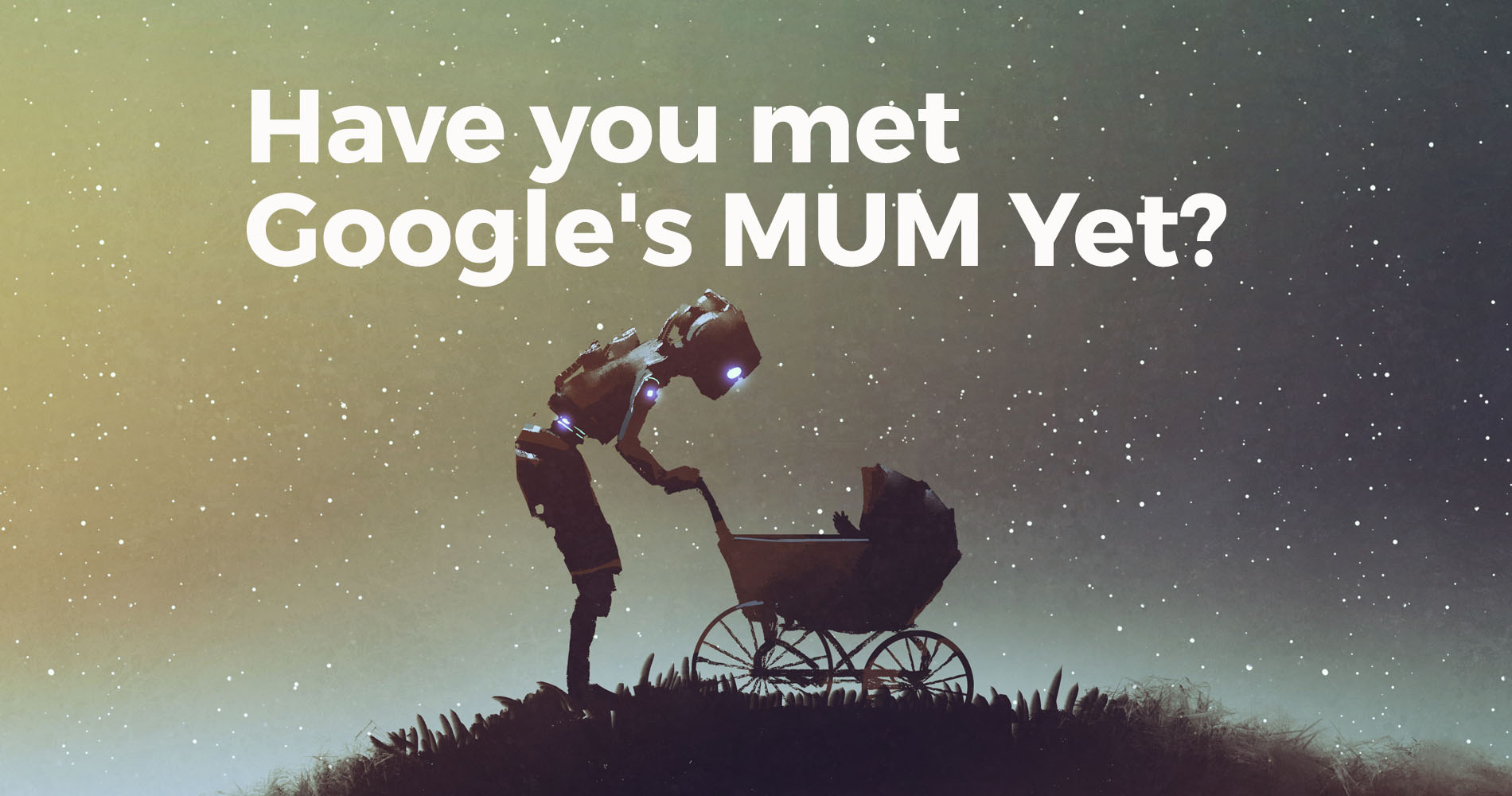You're asking the Wrong Question
If you’re leading operations, marketing, or revenue for a growing industrial business, and HubSpot isn't delivering what you expected—you're not alone.
Most leaders in your position start by asking, “What’s wrong with our HubSpot setup?”
But here’s the truth we’ve learned from working with dozens of enterprise manufacturers and B2B firms:
You don’t have a HubSpot problem. You have an adoption gap.
The CRM isn’t broken. Your business just hasn’t embedded it in the right way.
This post unpacks why so many enterprise CRM rollouts underperform—and what leadership can do to turn things around.
Part 1: What the Data Doesn’t Tell You (But Your Teams Will)
Let’s be honest. When you log into HubSpot, you might see:
- Incomplete deal data
- Marketing campaigns that look busy but don’t convert
- Dashboards that don’t reflect reality
- Teams using spreadsheets to work around the CRM
From the surface, it seems like HubSpot just doesn’t fit your organisation. Maybe your business is too complex. Maybe your industry is too niche. Maybe your teams aren’t tech-savvy.
But dig a little deeper, and something more fundamental emerges:
- There’s no consistent process across teams
- No single view of the customer
- No governance from leadership
- And often, no shared understanding of what “good” looks like in the CRM
This isn’t a technical issue. It’s a leadership and execution issue.
Part 2: The Hidden Cost of CRM Underperformance
When CRM adoption fails, the costs stack up—fast.
- Misaligned Teams
Sales does one thing. Marketing does another. Service is on a different page entirely.
You get a disconnected customer experience and internal frustration.
- Dirty or Incomplete Data
If nobody owns the data quality, reporting becomes guesswork. You can’t forecast, optimise, or even trust your metrics.
- Slow, Manual Workarounds
Teams revert to old habits: spreadsheets, inboxes, side tools. The CRM becomes optional.
- Missed Revenue Opportunities
You can’t nurture leads properly. Sales cycles stall. Cross-sell and upsell fall through the cracks.
- Loss of Internal Confidence
Worse, leadership starts to see HubSpot as a failed investment. Adoption stalls even further.
The longer it continues, the harder it is to fix.
Part 3: Why Most CRM Projects Are Set Up to Fail
Let’s rewind to the beginning.
When most businesses implement HubSpot, here’s what usually happens:
- A department head (often in marketing or sales) champions the tool
- Implementation is scoped as a tech project, not a change project
- Leadership signs off, but doesn’t stay involved
- Teams are trained, but not aligned around process or ownership
- Reporting is set up quickly, but not tied to strategy
- In a few months, things start to drift
No surprise—HubSpot doesn’t deliver ROI.
Here’s the kicker: the platform actually works brilliantly. It’s just not being adopted strategically.
This is what we call the CRM Adoption Gap—the space between installing the tool and actually making it drive business outcomes.
Part 4: Closing the Gap Requires a Different Approach
So what’s the fix?
You need to stop treating HubSpot as a software rollout—and start treating it as a business transformation led by management.
That means:
- Defining what success looks like before touching the tool
- Aligning HubSpot with business-wide goals and workflows
- Embedding accountability and governance at every level
- Measuring adoption and usage, not just output
- Equipping internal champions, not relying on agencies forever
It’s not about tech. It’s about people, process, and leadership.
Part 5: Introducing the SIMPLIFI Framework
At CONVRG, we’ve developed a structured approach called SIMPLIFI. It’s a management-led adoption framework built specifically to close the CRM Adoption Gap.
It stands for:
- Setting the Scene
- Interview Everyone
- Map the Processes
- Plan the Way Forward
- Lead the Adoption
- Implement the Changes
- Fix What Breaks + Iterate
Let’s break it down.
Setting the Scene
It starts with leadership alignment. What’s the vision? What does “good” look like in terms of customer experience, data visibility, or sales performance?
Without a clear top-down directive, adoption stays tactical.
Interview Everyone
Next, we speak with stakeholders across departments. Why? Because each team has a different reality.
Understanding pain points, blockers, and current behaviours is critical. It’s not just discovery—it’s culture mapping.
Map the Processes
We then visualise the real-world customer journey: from first touch to closed sale to retention.
This shows where HubSpot should be supporting the business—not the other way around.
Plan the Way Forward
With insights mapped, we build a rollout plan. This includes data structure, workflow priorities, reporting requirements, and adoption milestones.
It becomes your CRM roadmap—not a guess.
Lead the Adoption
This is where most projects fall down. SIMPLIFI creates internal governance:
- Leadership check-ins
- CRM champions
- Usage metrics
- Shared KPIs
We don’t just build—we embed.
Implement the Changes
Now we configure HubSpot—but with purpose.
- Automations reflect real processes
- Reporting mirrors management goals
- Onboarding is role-based
- Everyone knows their part in the system
Fix What Breaks
Finally, we build in review cycles. The business evolves—so should your CRM.
We optimise adoption, tweak processes, and ensure HubSpot always reflects how your business really runs.
Iterate…
Part 6: The Leadership Role in CRM Success
Let’s be clear—HubSpot isn’t something you delegate entirely.
If you’re the COO, Sales Director, or Ops Lead, you need to drive adoption. Why?
Because:
- You understand the strategic goals
- You can unlock cross-departmental collaboration
- You can set the standard for data quality, process, and governance
CRM success isn’t an IT job. It’s a leadership imperative.
Part 7: What Success Looks Like
We’ve seen manufacturers and industrial firms go from chaos to clarity in less than 90 days.
When SIMPLIFI is in play, you get:
- Consistent processes across sales, marketing, and service
- Clean, reliable data you can trust
- Dashboards that drive decisions, not confusion
- Teams that use HubSpot daily—because it actually helps them
- A CRM that finally delivers measurable ROI
Most importantly? You create internal capability, not ongoing dependency.
Part 8: What To Do Next
If any of this sounds familiar, here’s your next step:
- Take our CRM Adoption Scorecard → [Download Here]
It’ll show you where you sit today and what’s blocking adoption. - Read our SIMPLIFI Framework Guide → [Get the Framework]
It breaks down the steps in more detail so you can see the path forward. - Or talk to us. We’re not here to sell software. We’re here to help you make it work.
Final Word from Me
I’ve worked in marketing and CRM for over 20 years—and I’ve made all these mistakes myself.
I used to think a better tool was the answer. But now I know: the real answer is better alignment.
HubSpot is just a platform. What matters is how your people, your process, and your leadership bring it to life.
So, don’t rip out your CRM just yet. Fix your adoption. That’s where the growth is hiding.
Ready to close the adoption gap?
CRM Adoption Scorecard
It’ll show you where you sit today and what’s blocking adoption.
SIMPLIFI Framework Guide
It breaks down the steps in more detail so you can see the path forward.






